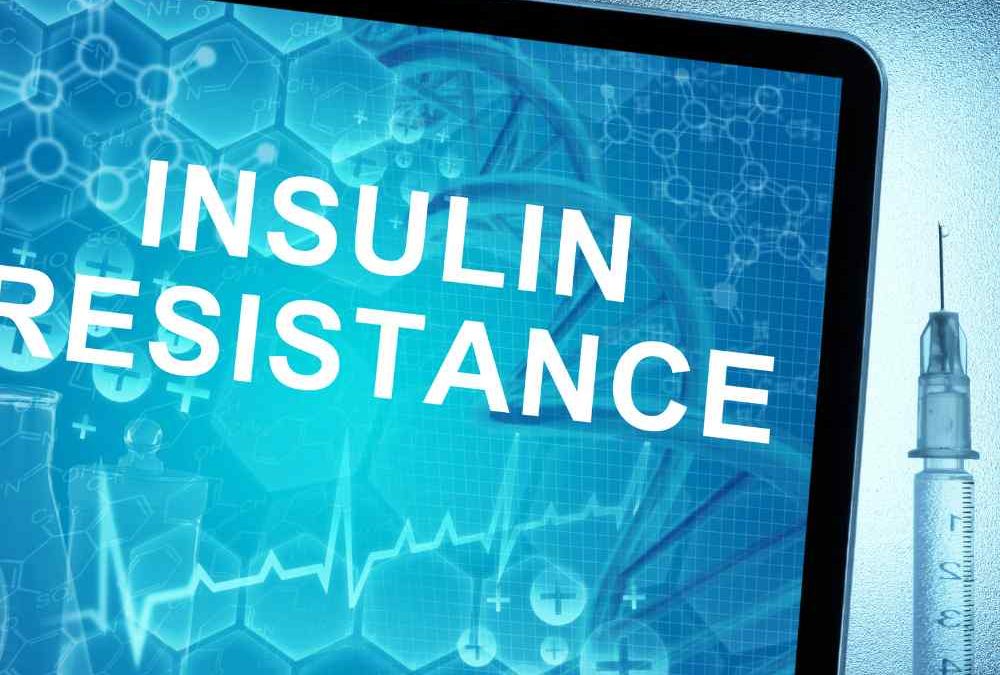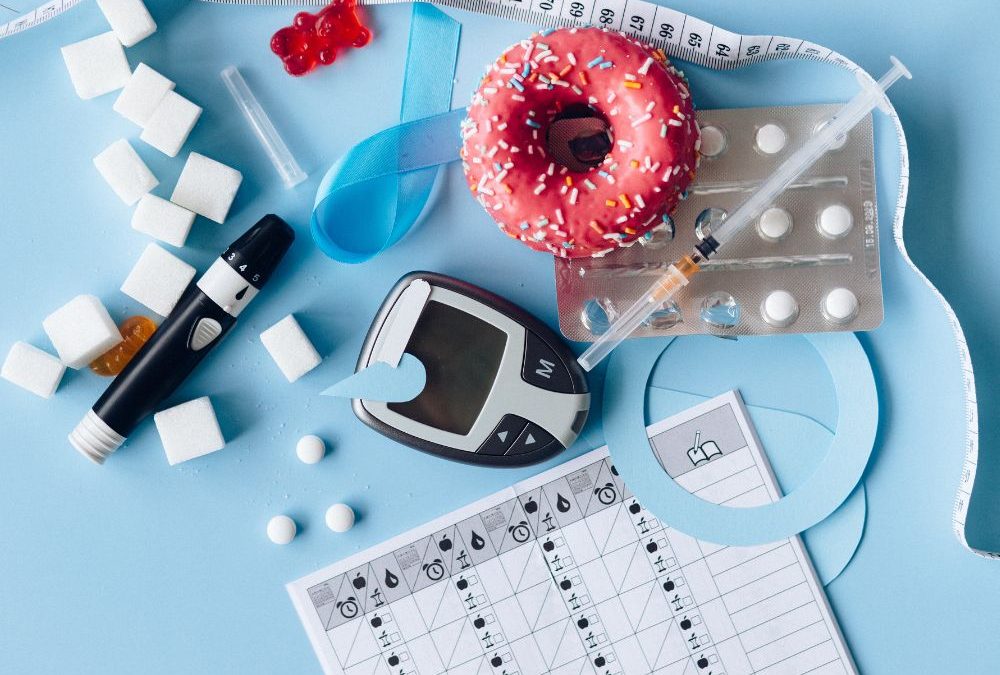Title: Understanding Type 2 Diabetes Symptoms in Women
Introduction
Type 2 diabetes is a prevalent chronic condition that affects millions of people worldwide, and Understanding Type 2 Diabetes Symptoms in Women health cannot be underestimated. While both men and women can develop type 2 diabetes, there are specific symptoms and risk factors that are more commonly associated with women. In this comprehensive blog post, we will delve into the symptoms of type 2 diabetes in women, highlighting the importance of early detection and management to ensure better health outcomes.
1. What is Type 2 Diabetes?
Before discussing the symptoms, it’s essential to have a basic understanding of type 2 diabetes. This chronic metabolic disorder occurs when the body’s cells become resistant to insulin or when the pancreas can’t produce enough insulin. Insulin is a hormone responsible for regulating blood sugar (glucose) levels. When insulin doesn’t work efficiently, blood sugar levels rise, leading to various health complications.
2. Risk Factors for Type 2 Diabetes in Women
Several risk factors increase the likelihood of developing type 2 diabetes in women, including:
Family History: A family history of diabetes can significantly increase a woman’s risk.
Age: As women age, their risk of developing type 2 diabetes increases, especially after the age of 45.
Gestational Diabete: A history of gestational diabetes during pregnancy increases the risk of developing type 2 diabetes later in life.
Polycystic Ovary Syndrome (PCOS): Women with PCOS are at a higher risk of developing insulin resistance and type 2 diabetes.
Obesity: Being overweight or obese is a significant risk factor for type 2 diabetes in both men and women, but it can be particularly impactful on women’s health.
Lack of Physical Activity: A sedentary lifestyle can increase the risk of developing type 2 diabetes.
3. Common Symptoms of Type 2 Diabetes in Women
Recognizing the symptoms of type 2 diabetes in women is crucial for early diagnosis and effective management. Keep in mind that some individuals may not experience any symptoms, making regular check-ups and screenings important, especially for those with risk factors. Here are the most common symptoms:
Frequent Urination (Polyuria): Women with type 2 diabetes often experience an increased need to urinate, especially at night.
Excessive Thirst (Polydipsia): Increased urination can lead to dehydration, causing persistent thirst.
Unexplained Weight Loss: Despite a healthy appetite, women with diabetes may lose weight unintentionally.
Fatigue: Persistent fatigue and weakness are common symptoms of elevated blood sugar levels.
Blurred Vision: High blood sugar levels can affect the eyes, causing blurred vision.
Slow Wound Healing: Diabetes can impair the body’s ability to heal wounds, making injuries take longer to recover.
Frequent Infections: Women with type 2 diabetes are more susceptible to urinary tract infections, yeast infections, and other bacterial or fungal infections.
Tingling or Numbness in Extremities: Elevated blood sugar can damage nerves, leading to tingling or numbness in the hands and feet (peripheral neuropathy).
Darkened Skin Patches: Some women may develop dark, velvety patches of skin, particularly in skin folds, a condition known as acanthosis nigricans.
Menstrual Irregularities: Diabetes can affect hormonal balance, potentially causing irregular menstrual cycles in women with the condition.
4. The Importance of Early Detection and Management
Early detection of type 2 diabetes is vital for women’s health. When left untreated or poorly managed, type 2 diabetes can lead to severe complications such as heart disease, stroke, kidney disease, vision problems, and nerve damage. Moreover, uncontrolled diabetes can negatively impact a woman’s reproductive health, making it more challenging to conceive and maintain a healthy pregnancy.
To detect type 2 diabetes, healthcare providers may use blood tests such as fasting blood glucose tests, oral glucose tolerance tests, or A1C tests. Regular check-ups and screenings are essential, especially for women with risk factors.
Once diagnosed, effective management is key. This often includes lifestyle changes such as:
Healthy Eating: A balanced diet low in processed sugars and unhealthy fats is crucial for managing blood sugar levels.
Regular Physical Activity: Exercise helps improve insulin sensitivity and maintain a healthy weight.
Medications: In some cases, medication or insulin therapy may be necessary to control blood sugar levels.
Stress Management: Chronic stress can contribute to elevated blood sugar levels, so stress-reduction techniques are beneficial.
5. Conclusion
In conclusion, type 2 diabetes is a significant health concern for women, and understanding its symptoms and risk factors is essential for early detection and effective management. By recognizing the signs of diabetes and addressing them promptly, women can lead healthier lives and reduce the risk of complications associated with this chronic condition.
If you or someone you know is experiencing any of the symptoms mentioned above, it’s crucial to consult a healthcare professional for a proper evaluation and guidance on managing diabetes.
References:
[1] American Diabetes Association. (2021). Type 2 Diabetes. https://www.diabetes.org/diabetes/type-2
[2] Centers for Disease Control and Prevention. (2021). National Diabetes Statistics Report, 2020. https://www.cdc.gov/diabetes/library/features/diabetes-stat-report.html
[3] Mayo Clinic. (2021). Type 2 Diabetes. https://www.mayoclinic.org/diseases-conditions/type-2-diabetes/symptoms-causes/syc-20351193
[4] National Institute of Diabetes and Digestive and Kidney Diseases. (2021). Diabetes Overview. https://www.niddk.nih.gov/health-information/diabetes/overview
[5] American Diabetes Association. (2021). Standards of Medical Care in Diabetes – 2021. https://care.diabetesjournals.org/content/44/Supplement_1
[6] Cherskov, A., Bohr, L., Lindquist, A., & Vilsboll, T. (2017). Management of Hyperglycemia in Women with Polycystic Ovary Syndrome: A Review. Diabetology & Metabolic Syndrome, 9(1), 55. https://doi.org/10.1186/s13098-017-0263-6











